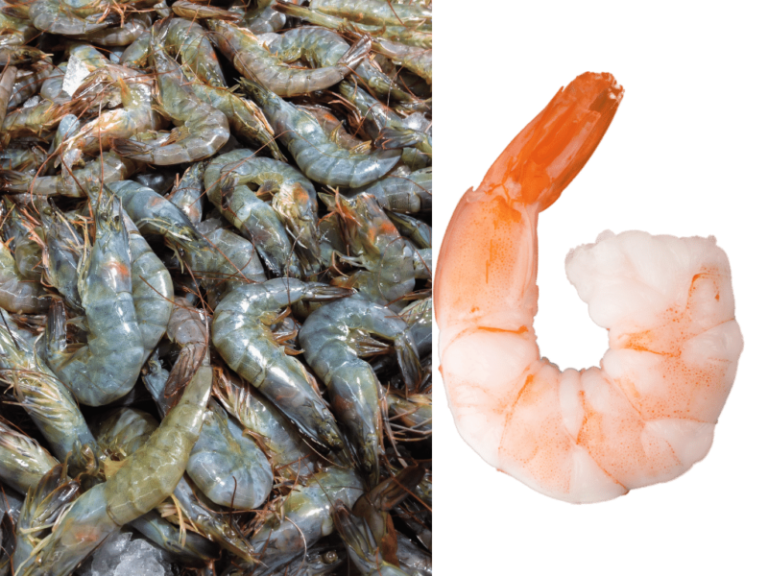Many animals have colors on their bodies that can change with variations in their living environment. These colors, resembling their surroundings, serve as a form of protection for themselves.
Shrimps and crabs exhibit vibrant colors. They come in various species and inhabit diverse environments: some live in the ocean, some in freshwater, and a small portion reside in damp terrestrial habitats. They can be found in both high mountains and lowlands. Their vibrant colors are adaptations to their living environments.
The colors of shrimps and crabs primarily come from pigment cells in the dermis layer beneath their shells. Various pigment cells are scattered throughout the dermis, and they can expand or contract in response to changes in light intensity or environment. Different pigment cells absorb and reflect light of varying wavelengths, resulting in various colors. When pigment cells expand, the pigment disperses around the cells, increasing in size, and the color becomes more pronounced. Conversely, when pigment cells contract, the pigment concentrates, sometimes shrinking into tiny spots, causing the color to fade or become less prominent. Different pigment cells react differently to light intensity, leading to variations in cell contraction and expansion.
After shrimps and crabs are cooked, their bodies turn orange-red. This is because under high temperatures, the original pigments are broken down and decomposed, leaving only red pigments intact. Areas with more red pigments, such as the back, appear redder, while areas with fewer red pigments, such as the abdomen, appear lighter.

